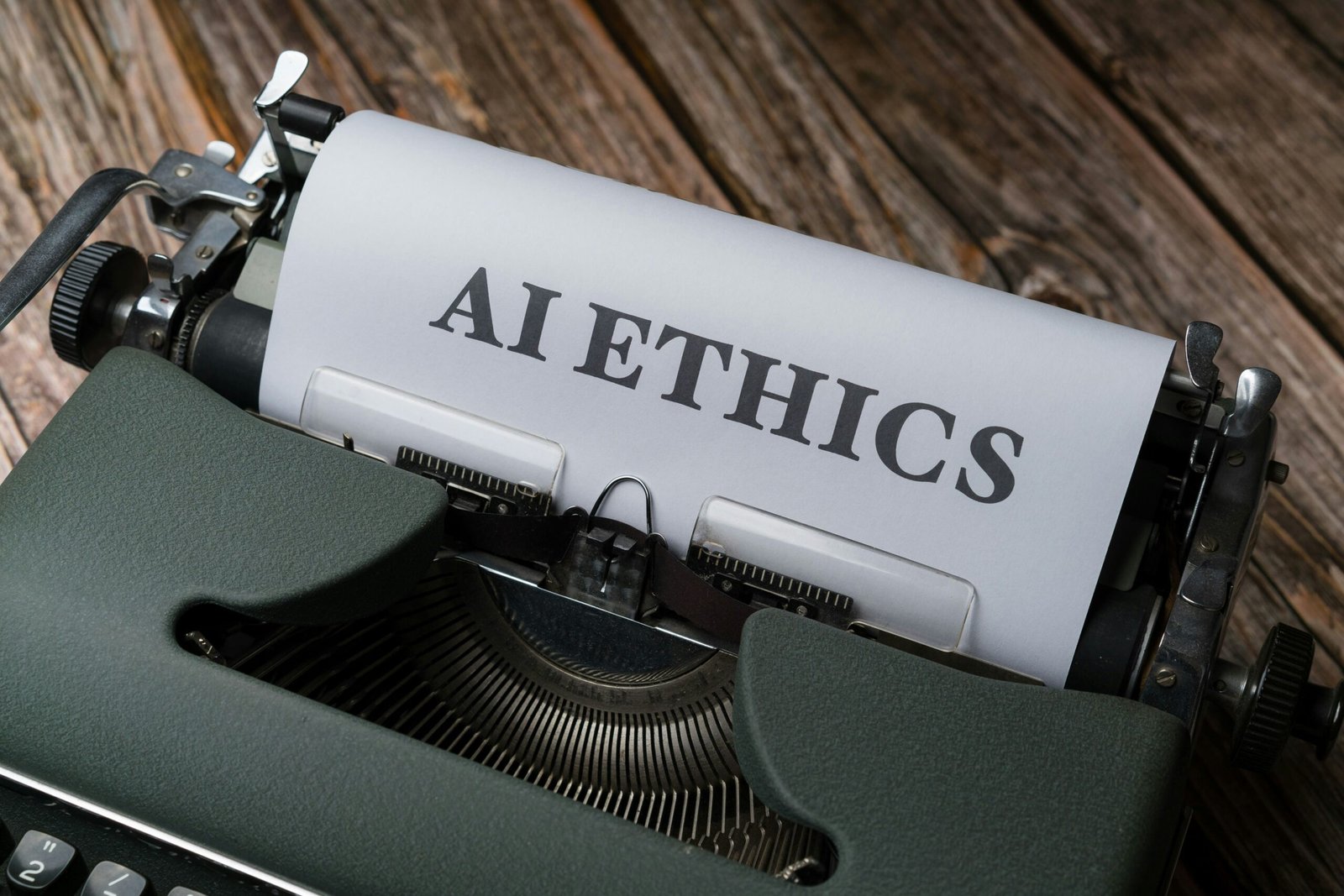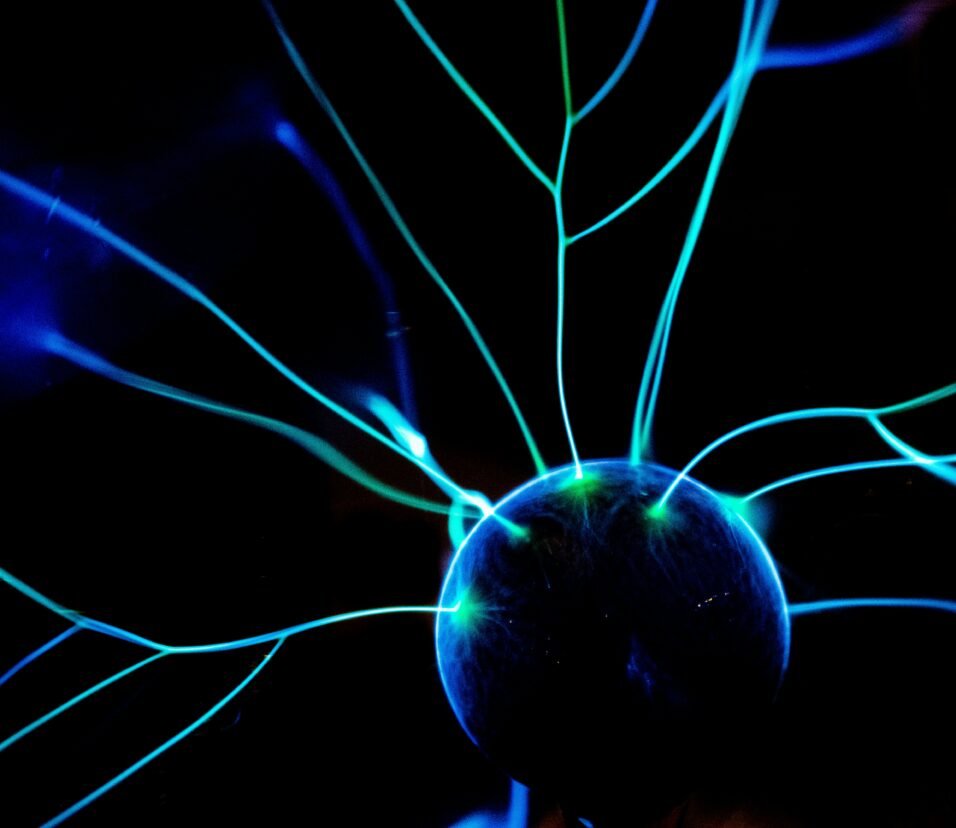Ethics in AI: Who’s Responsible When AI Goes Wrong?
When an algorithm makes a mistake, causes harm, or spreads misinformation—who takes the blame? The engineer? The company? The machine? In 2025, the ethical gray zones in AI are getting harder to ignore.
🧠 Introduction: The Rise of Autonomous Decision-Makers
In 2025, artificial intelligence isn’t just recommending music or suggesting emojis—it’s:
- Diagnosing illnesses
- Making hiring decisions
- Driving vehicles
- Approving loans
- Moderating online speech
- Even making military targeting recommendations
With so much power, comes a critical question: Who is responsible when AI goes wrong?
Whether it’s a biased algorithm rejecting a loan, a self-driving car causing an accident, or a chatbot spreading hate—AI can cause real-world harm. And too often, accountability is nowhere to be found.
⚠️ AI Gone Wrong: Real Examples
Let’s look at some real or plausible scenarios from the last few years:
| Case | What Happened |
|---|---|
| Amazon’s AI recruiting tool | Favored male candidates; penalized resumes with “women’s” keywords |
| Tesla’s Autopilot crashes | Debated whether driver or software was at fault in fatal accidents |
| ChatGPT misinformation | AI-generated responses cited fake laws or fabricated medical info |
| Clearview AI | Used billions of photos from the internet without consent for police facial recognition |
| AI voice scams | Cloned a CEO’s voice to defraud a company out of $243,000 |
🤖 Why Accountability in AI Is Complicated
AI systems are non-human actors making decisions based on human-trained data, using invisible models, operated by private companies. That creates a chain of uncertainty:
- Who designed the model?
- Who trained the dataset?
- Who tested for bias?
- Who deployed it?
- Who is impacted by it?
When something breaks, blame gets diffused between:
- Developers
- Data scientists
- Corporate leadership
- End users
- Regulators
- …and sometimes, no one at all
⚖️ What Makes an AI Ethical?
Ethical AI is not just about following laws—it’s about protecting human dignity, fairness, and safety.
Here are the core principles of ethical AI, as adopted by global bodies:
| Principle | Description |
|---|---|
| Transparency | How does the AI make decisions? Can we explain it? |
| Fairness | Is the system free from bias or discrimination? |
| Accountability | Who is responsible for outcomes—good or bad? |
| Privacy | Does the AI respect data rights and consent? |
| Safety | Will the AI act predictably, especially in high-risk situations? |
| Human Control | Can humans override or audit decisions? |
🔍 Who Should Be Held Responsible?
1. Developers and Data Scientists
- Must train, validate, and test AI systems for fairness and safety
- Should understand the ethical risks of their models
- But they may have limited power over how their tools are used
2. Tech Companies and Leadership
- Make deployment and policy decisions
- Profit from AI’s reach—so they must own its consequences
- Should ensure transparency and governance protocols
3. Regulators and Governments
- Define guardrails, penalties, and reporting frameworks
- Must move faster than innovation cycles to remain effective
- Responsible for protecting public interest and rights
4. Users and Implementers
- Need to understand AI limitations
- Should not blindly trust AI in high-risk situations (e.g., law enforcement, medicine)
- Must demand accountability and ethical sourcing
🏛️ Emerging Laws & Frameworks (2025)
Several governments and institutions are beginning to codify AI ethics:
| Region / Law | Summary |
|---|---|
| EU AI Act | Risk-based regulation. Bans some uses (like social scoring), requires transparency for others |
| White House Blueprint for AI Bill of Rights (USA) | Non-binding ethical guidelines for data privacy, fairness, and explainability |
| OECD AI Principles | First global agreement on AI ethics, adopted by 40+ countries |
| China AI Governance Initiatives | Emphasis on state control and censorship, not transparency or user rights |
| India’s DPDP + AI task force | Data protection plus early steps toward responsible AI policy |
🔄 Can AI Be Made to Audit Itself?
Some researchers argue that AI itself could help identify bias, drift, or harmful patterns. Examples include:
- Self-monitoring models
- AI explainability tools (e.g., LIME, SHAP)
- Fairness dashboards
- Automated audit pipelines
However, these tools are only effective when companies commit to using them—and share the results publicly.








